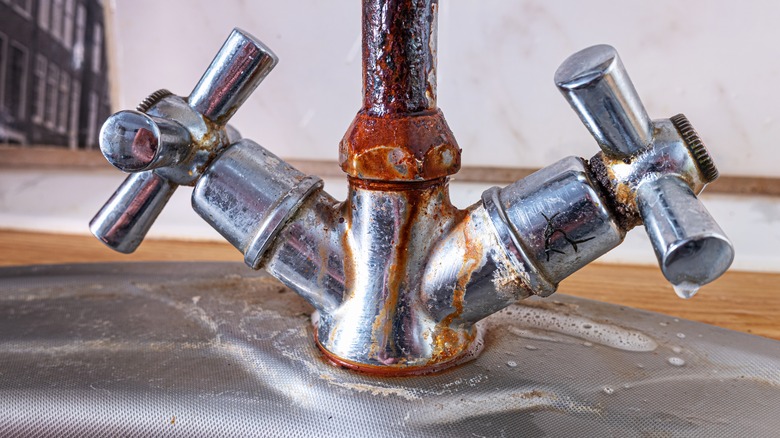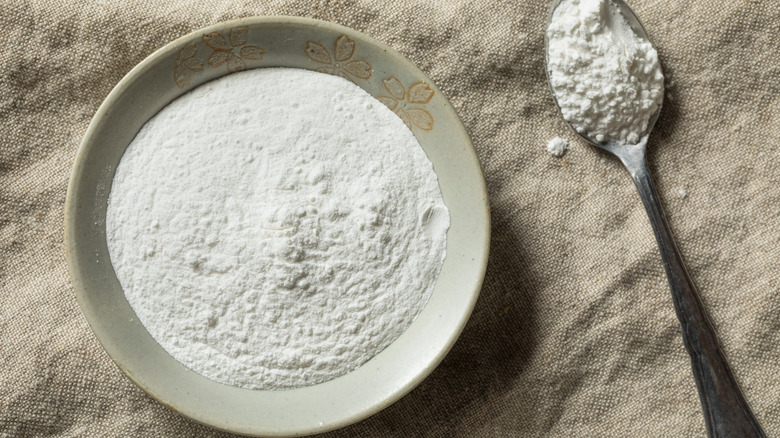This Common Pantry Staple Will Banish Rust From Stainless Steel Around Your Home
Have you discovered rust on your stainless steel appliances recently? Has your kitchen lost some of its aesthetic appeal? Stainless steel isn't an uncommon sight around the home, and many household items are made from it, including sinks as well as various appliances and fixtures. While stainless steel is incredibly durable and much less prone to rusting than other types of steel, it can rust with repeated exposure to chemicals and moisture. Stainless steel has a chromium oxide film that helps protect it. However, this can wear away over time. When it does, the stainless steel items in your home can become rusty.
If you've failed to use cleaning habits to prevent rust on stainless steel appliances and have let their appearance deteriorate, not all hope is lost. You can remove rust that has built up on stainless steel with a simple and common pantry staple: cream of tartar. Also known as potassium bitartrate, this chemical compound comes from grapes and is a powdery, acidic byproduct of winemaking. There are various unexpected uses for cream of tartar around the home, and fortunately, thanks to its acidity, it also works surprisingly well for removing rust from stainless steel.
Using cream of tartar to remove rust from stainless steel
To remove rust from stainless steel with cream of tartar, it's best to mix it with lemon juice as well. Simply combine one tablespoon of cream of tartar with a few drops of lemon juice and mix it into a paste. You can then apply the paste to a stainless steel item with the help of a soft sponge, targeting any rusty spots you see. Next, you'll need to wipe the paste away with a dampened soft sponge and dry the stainless steel thoroughly using a paper towel.
When wiping the stainless steel, make sure that you don't use anything that's abrasive, such as a scouring sponge. Stick to softer materials instead. Using abrasive materials is a common mistake with stainless steel appliances and can lead to scratching and surface damage. You should also be sure to wipe in the direction of the grain. After following these steps, the rust should be gone and the stainless steel should be sparkling once again.

